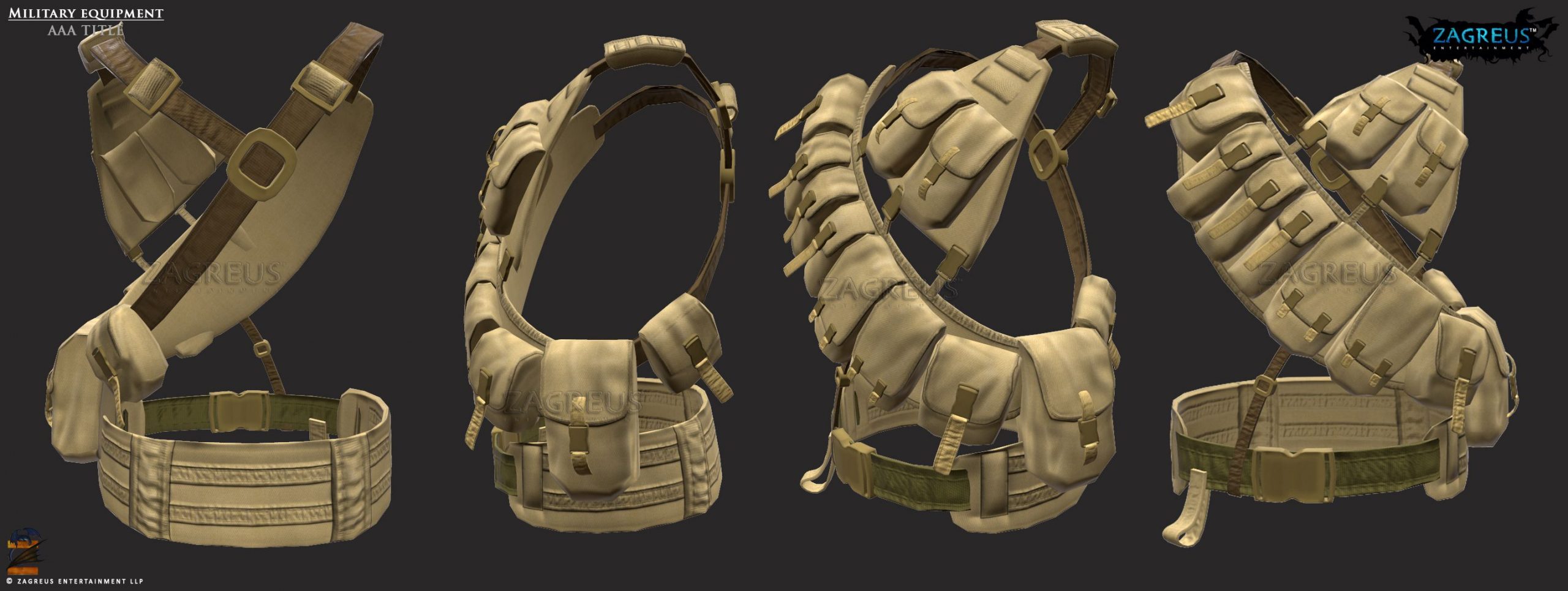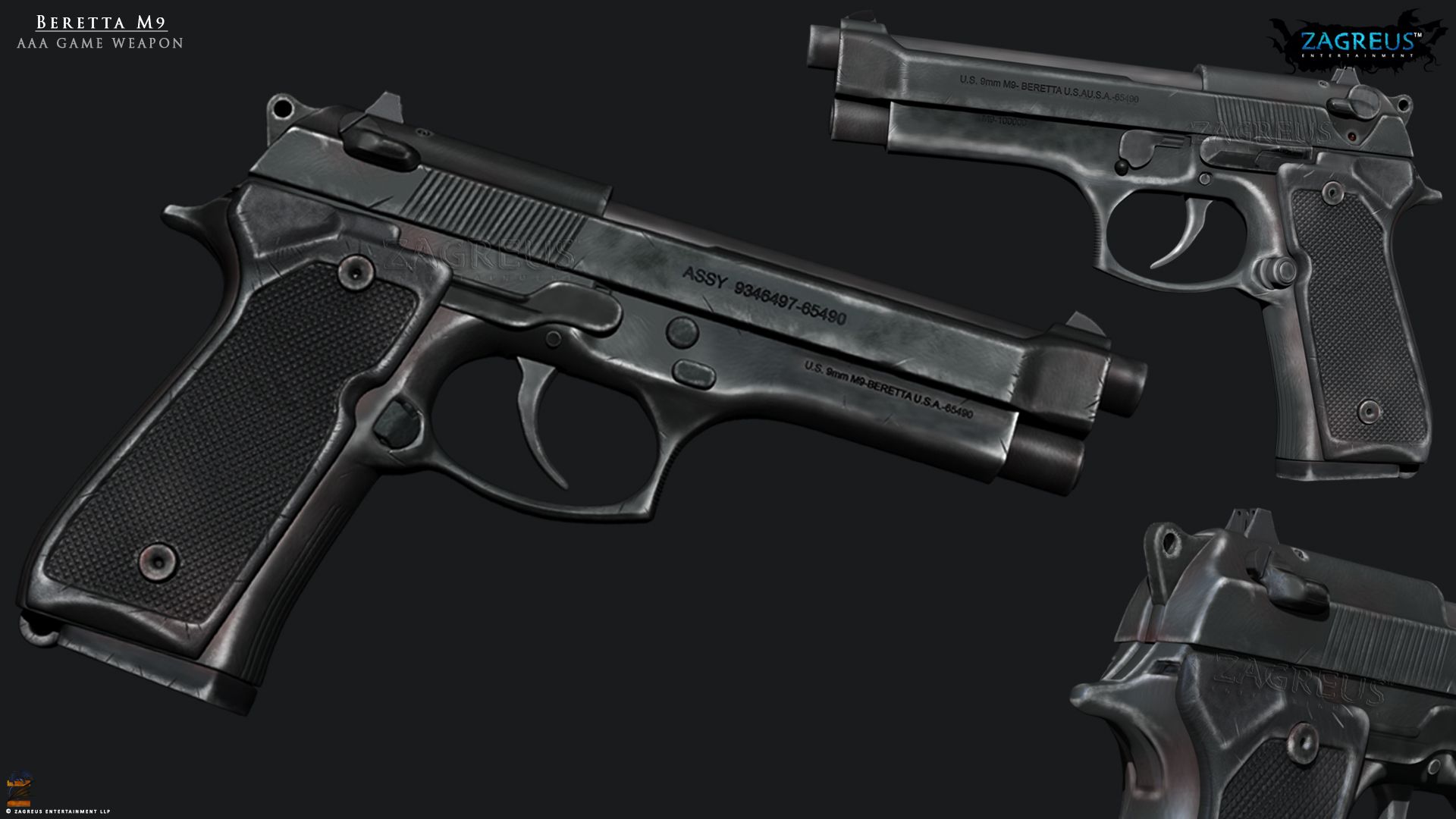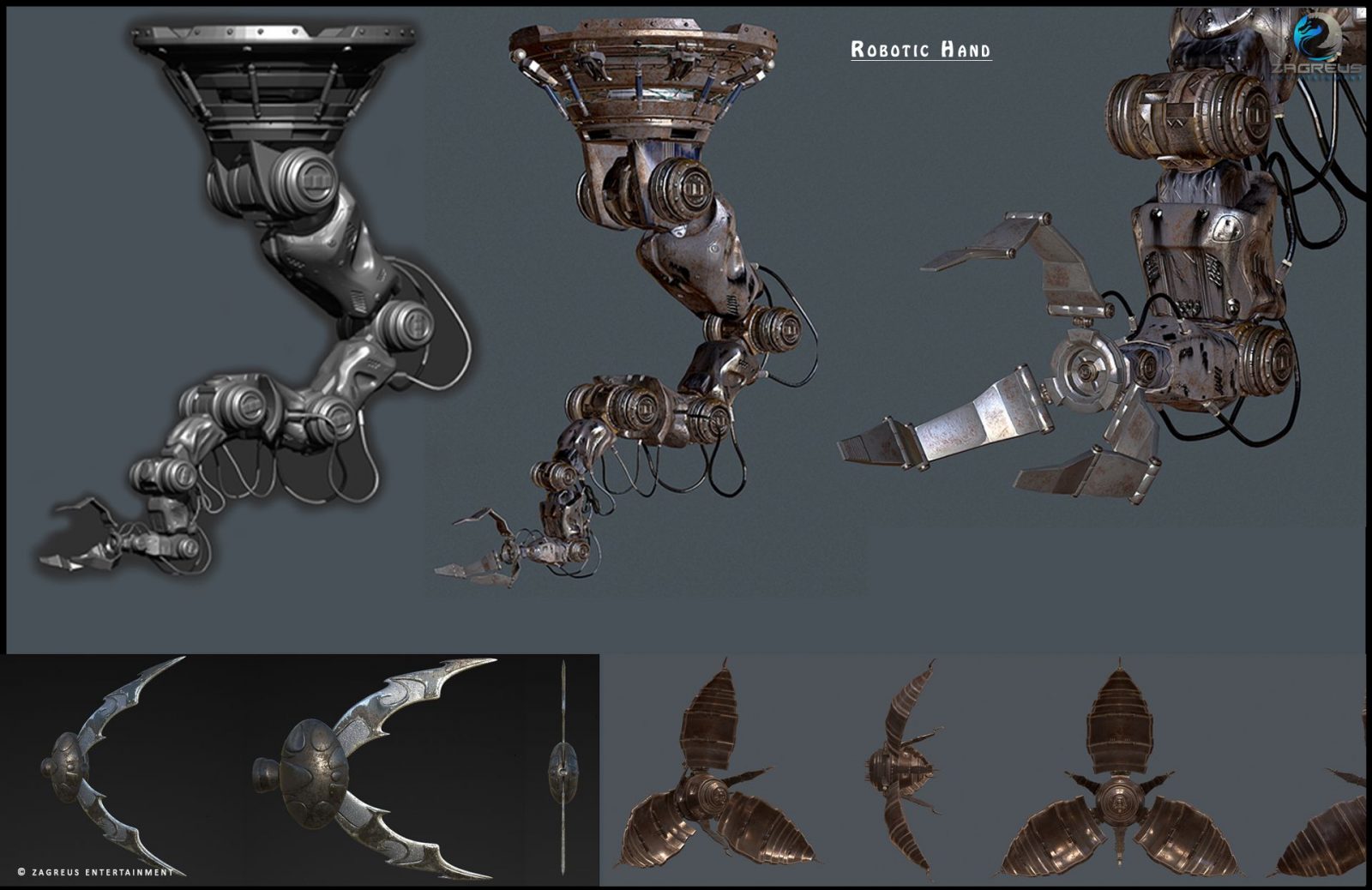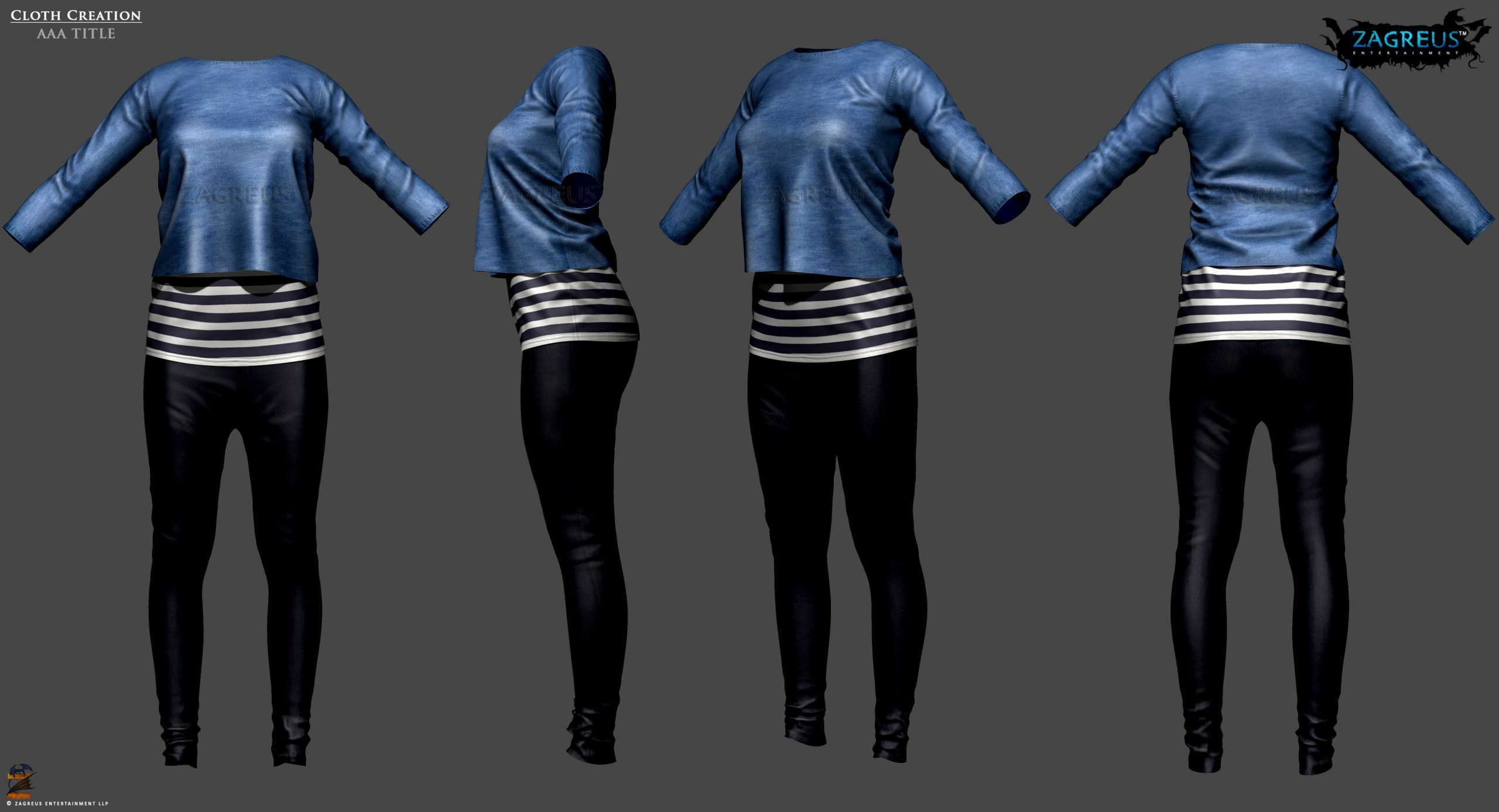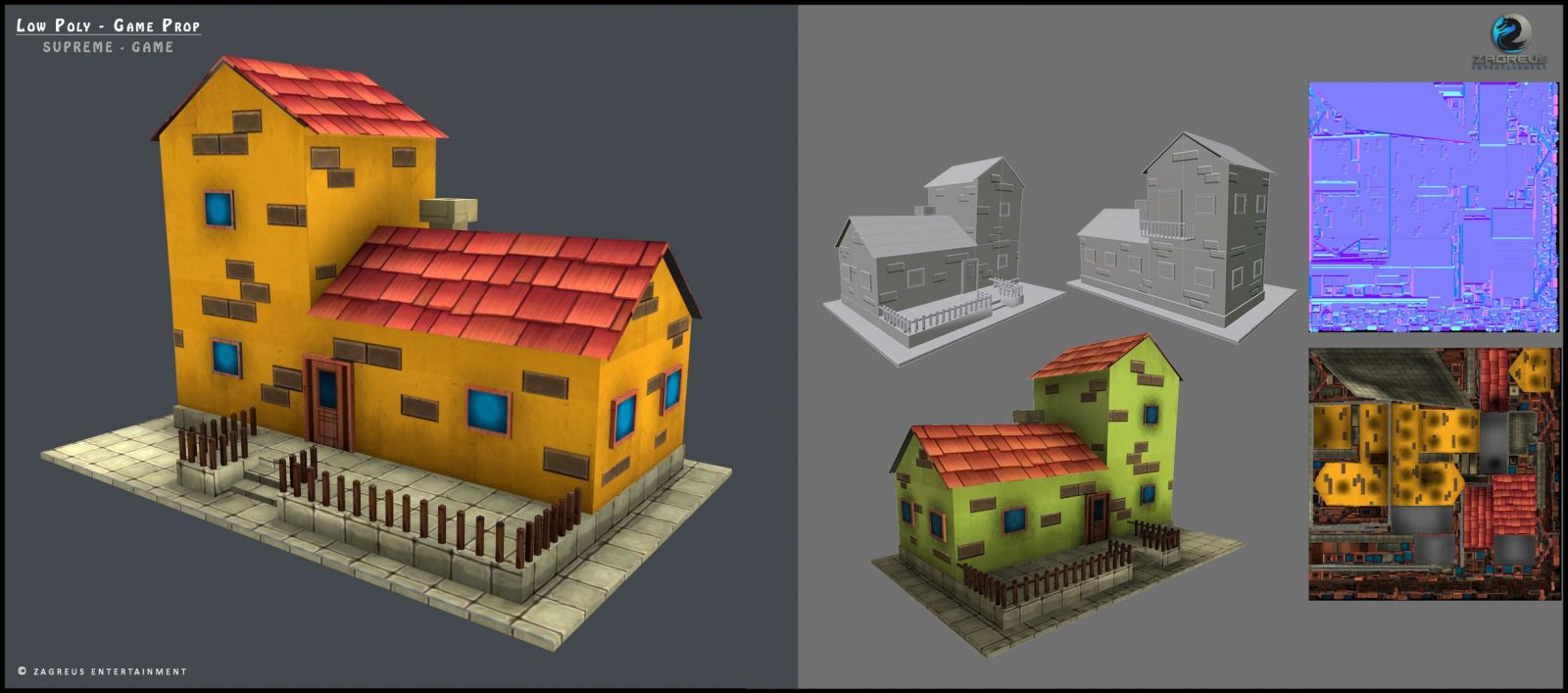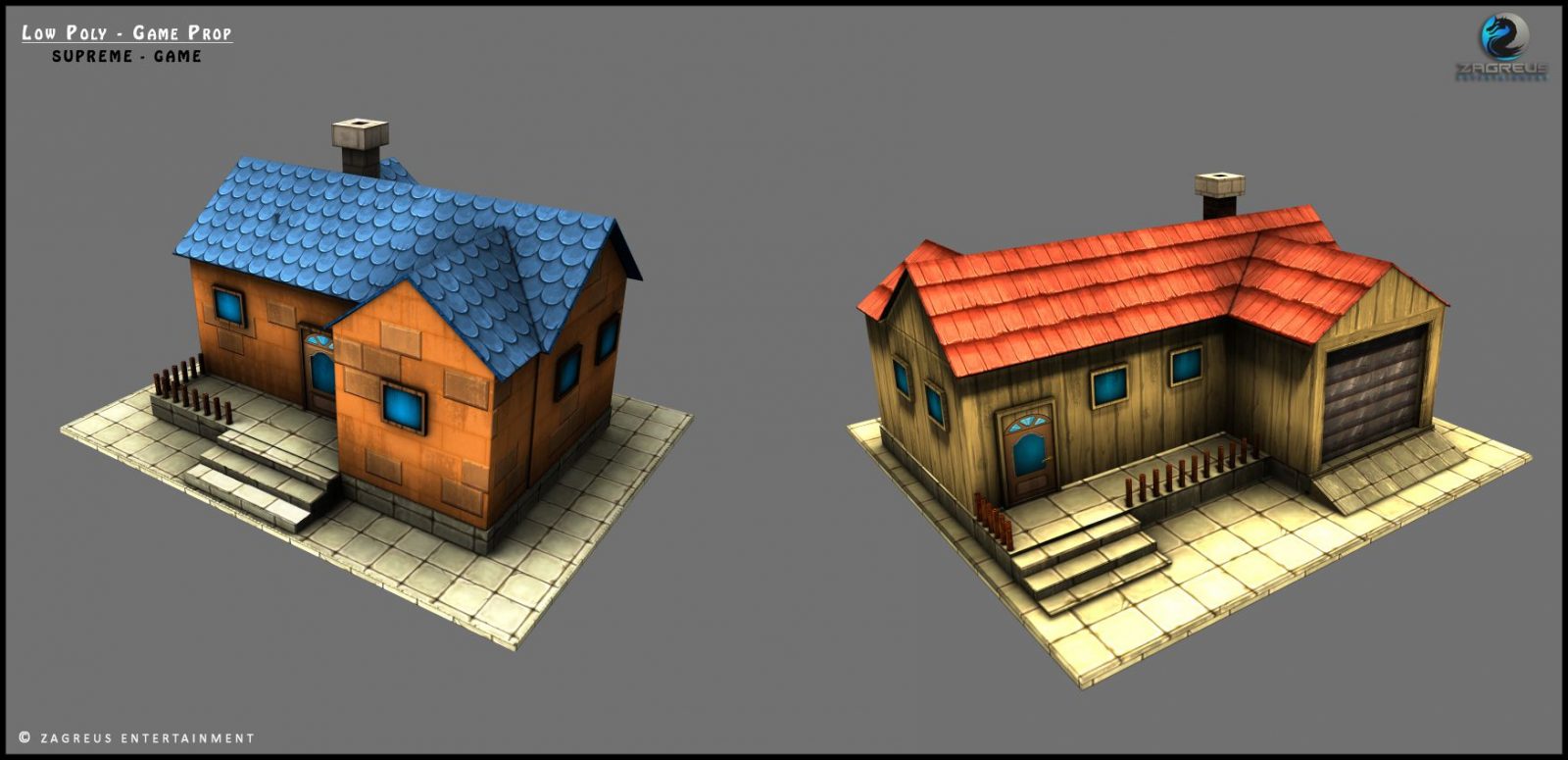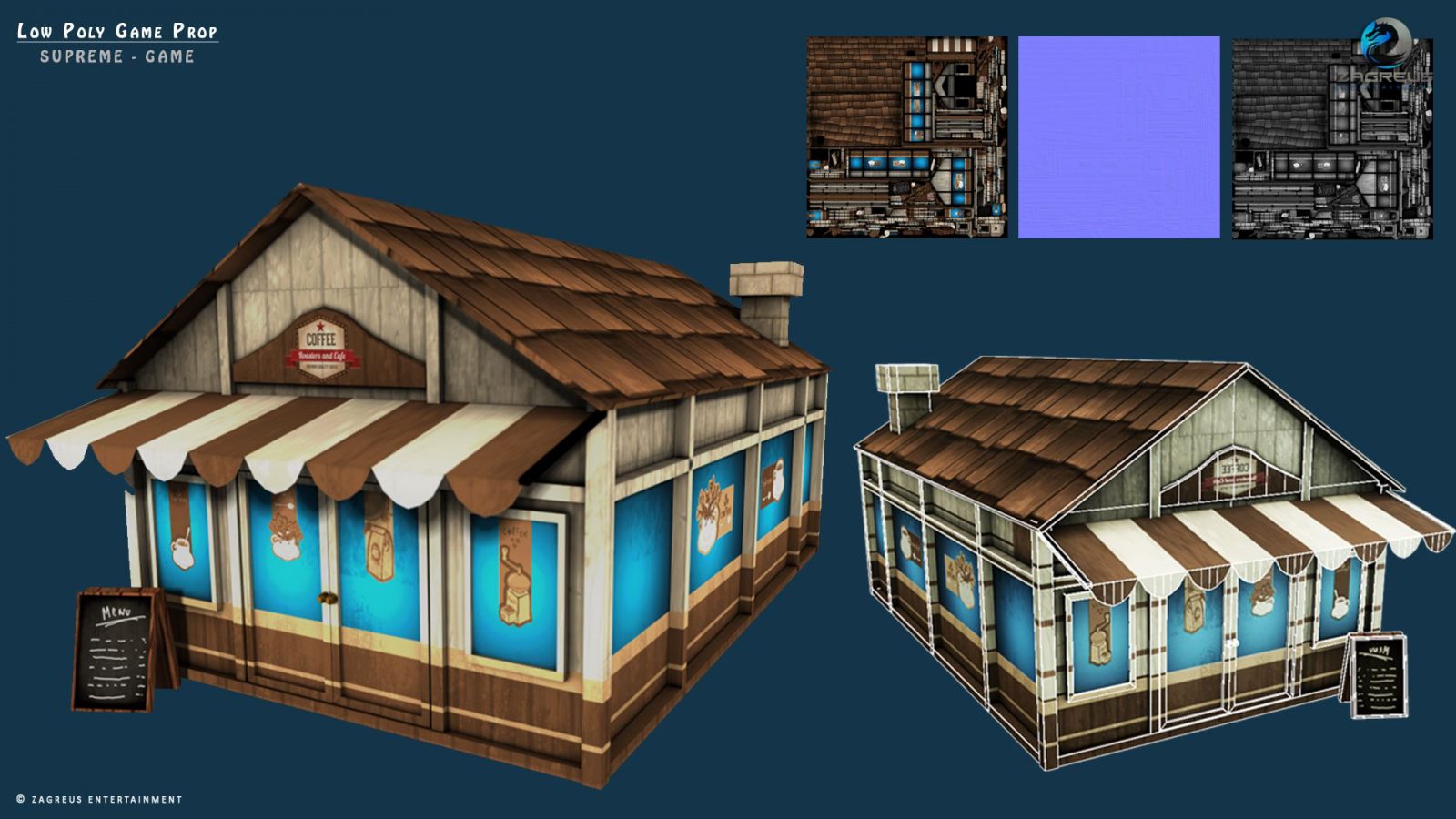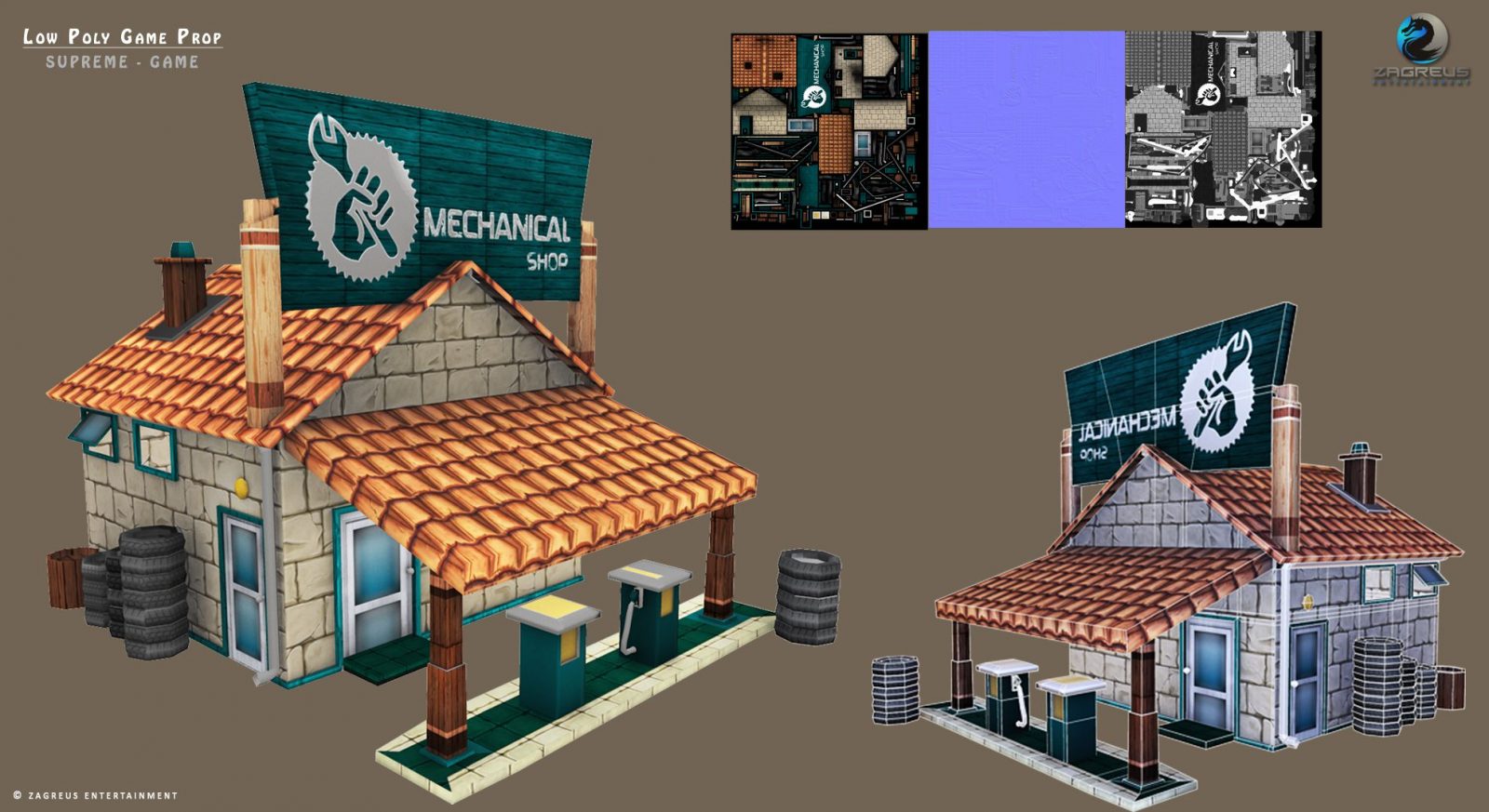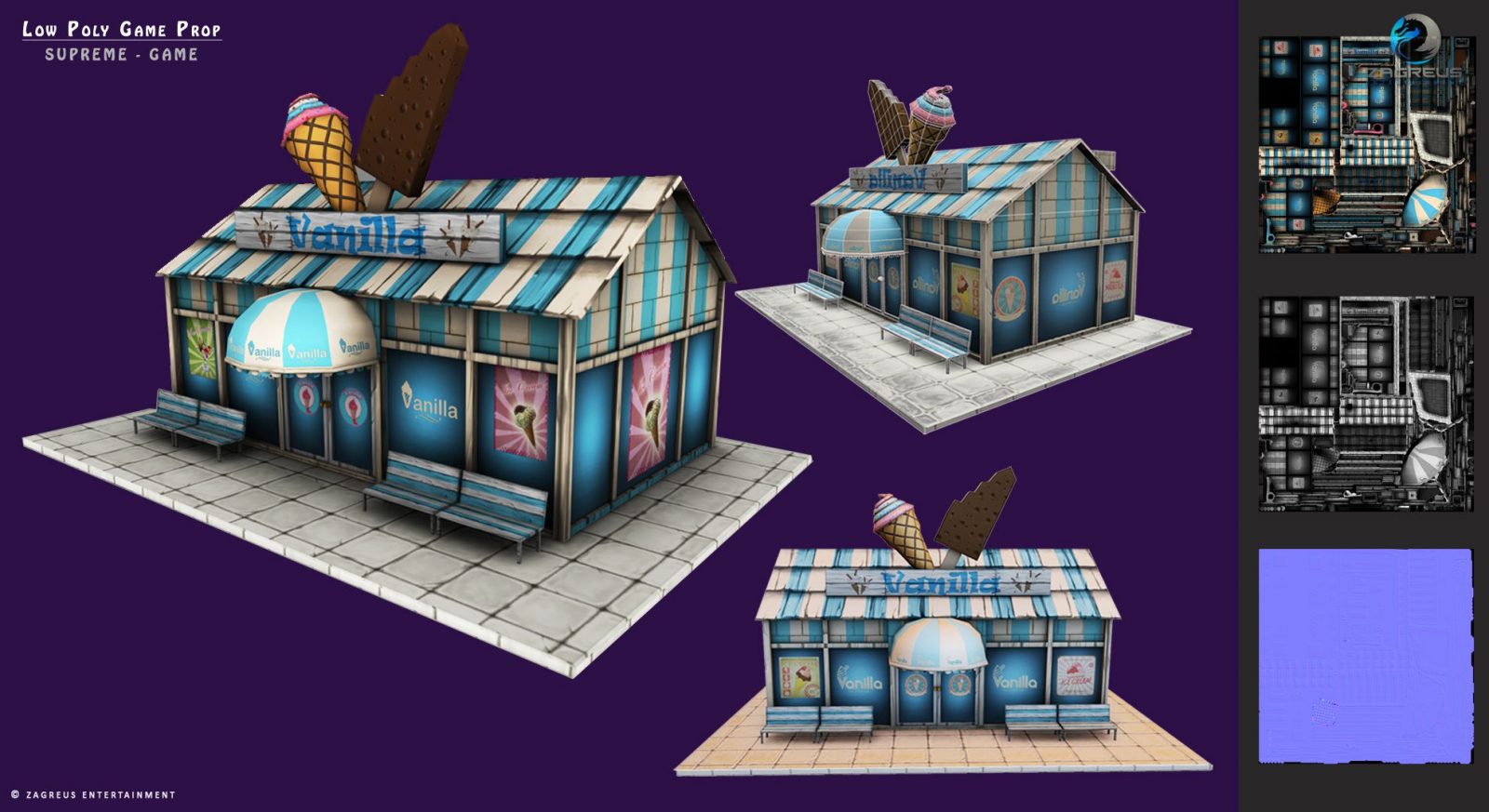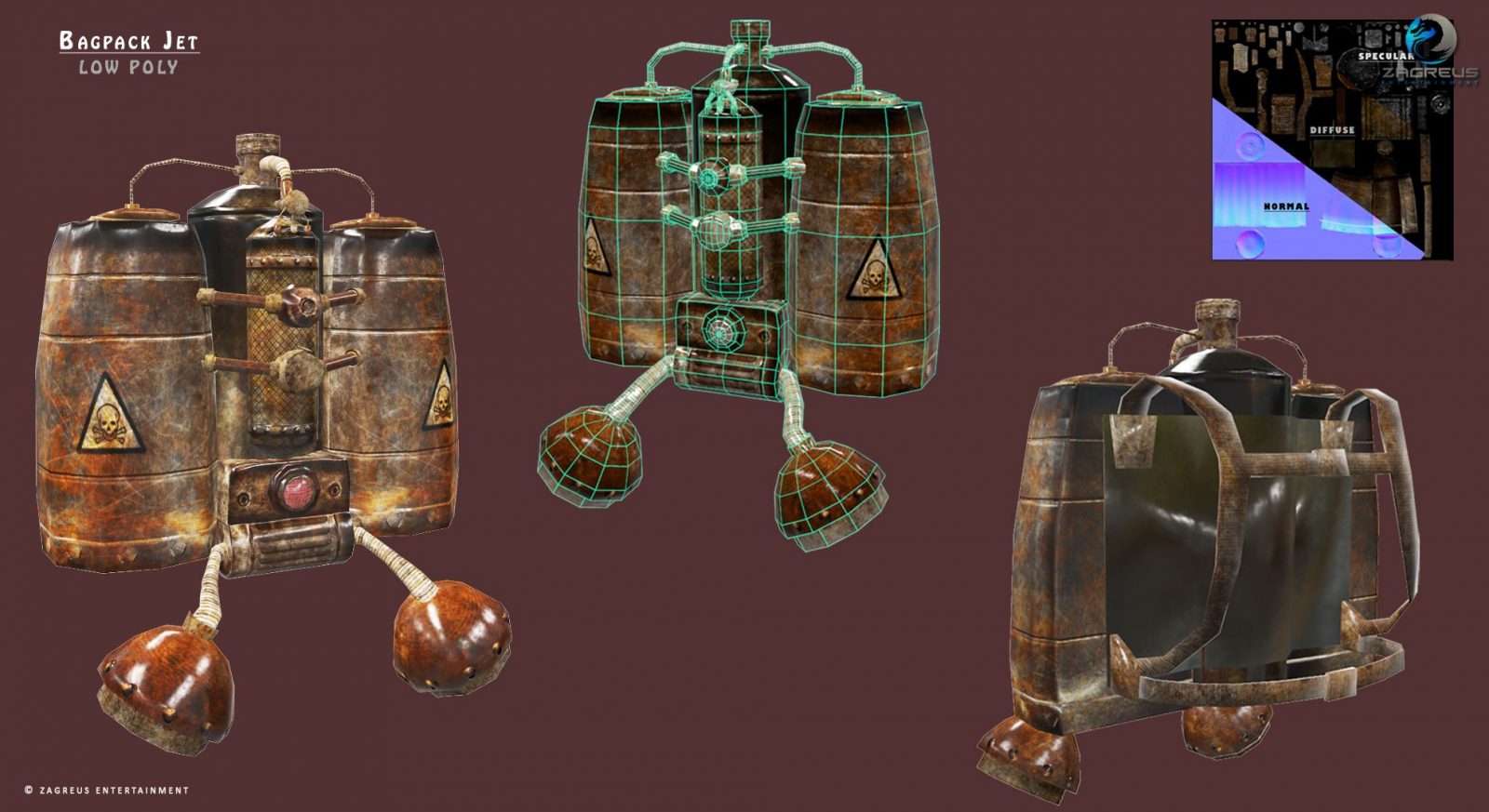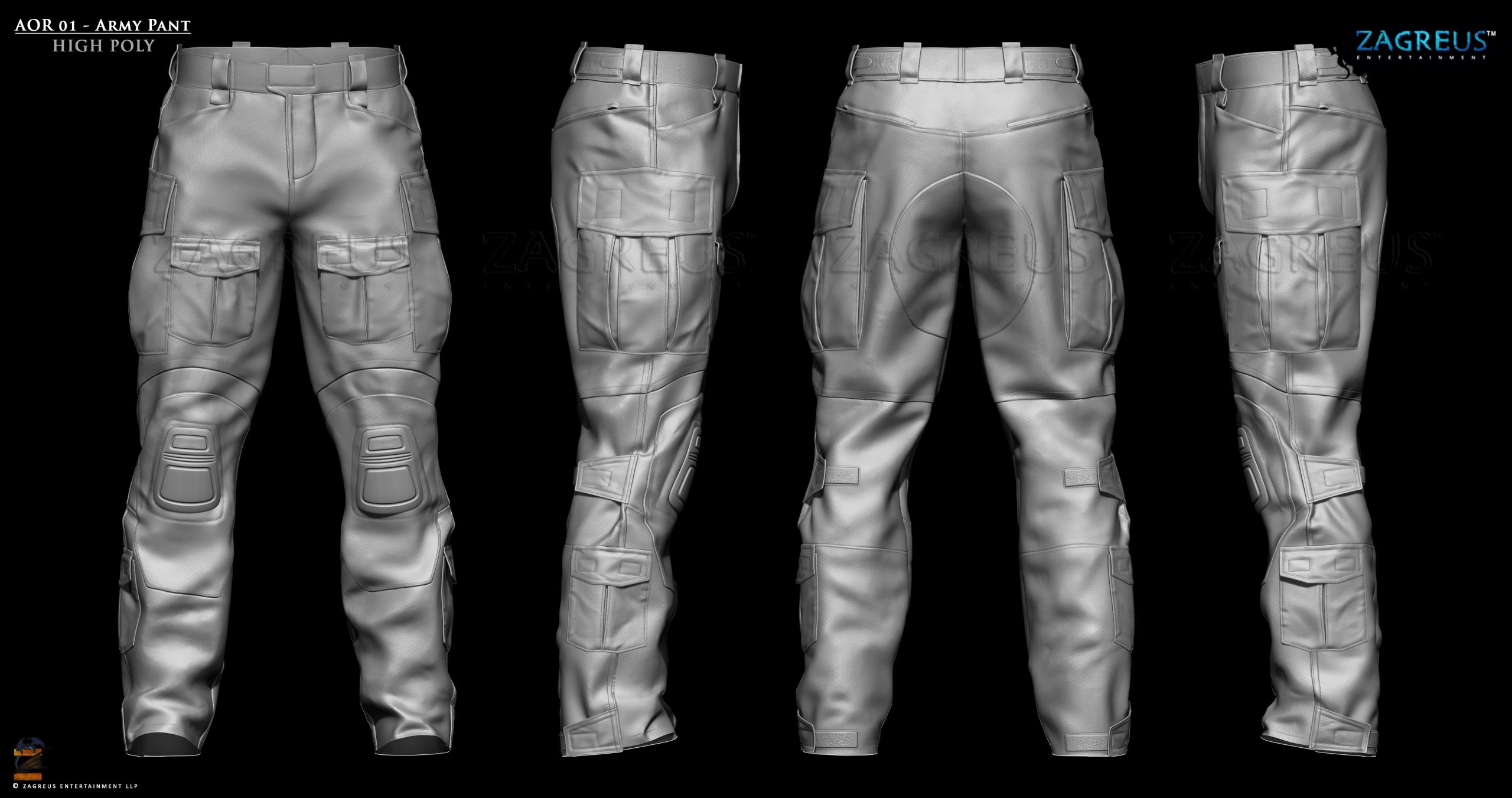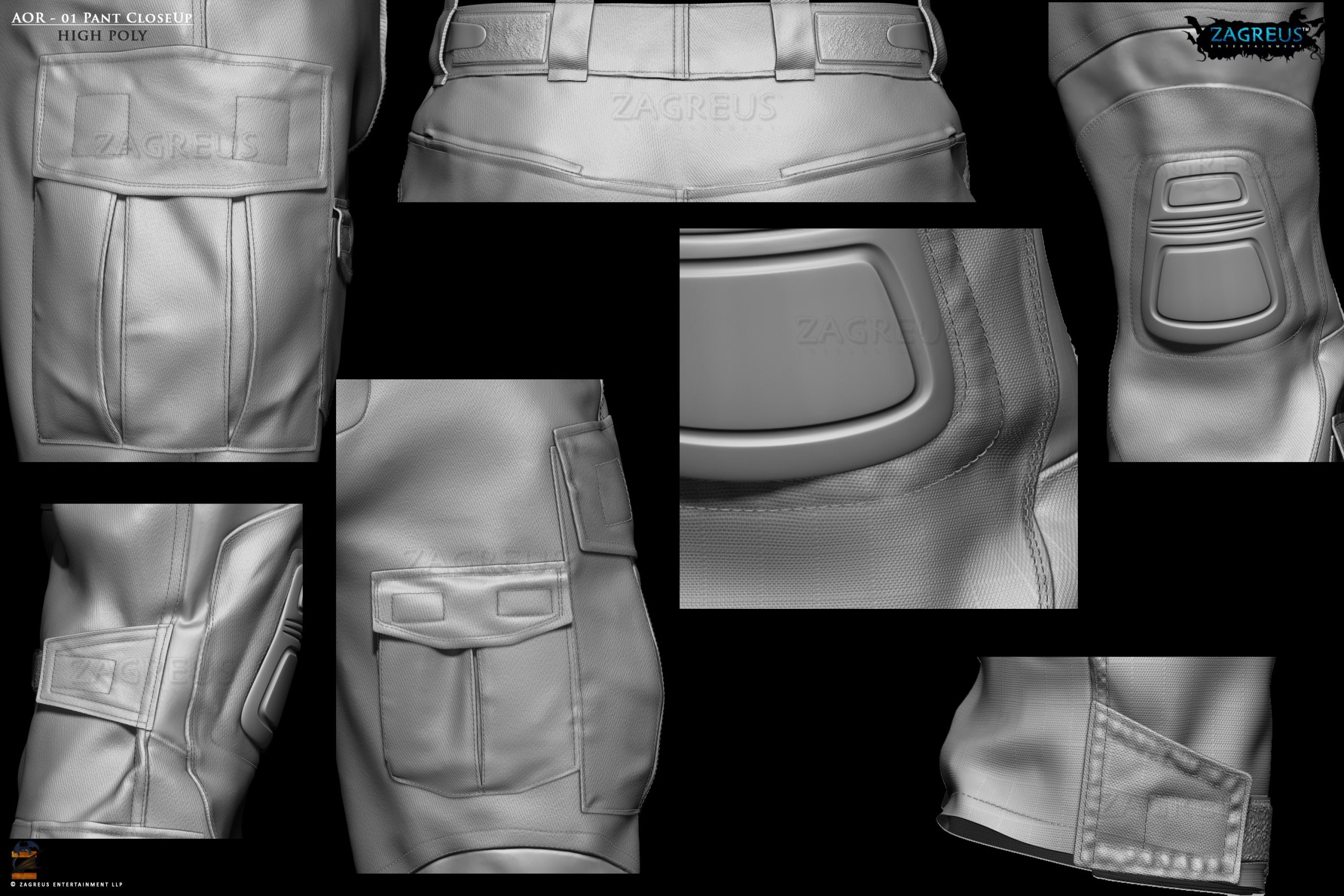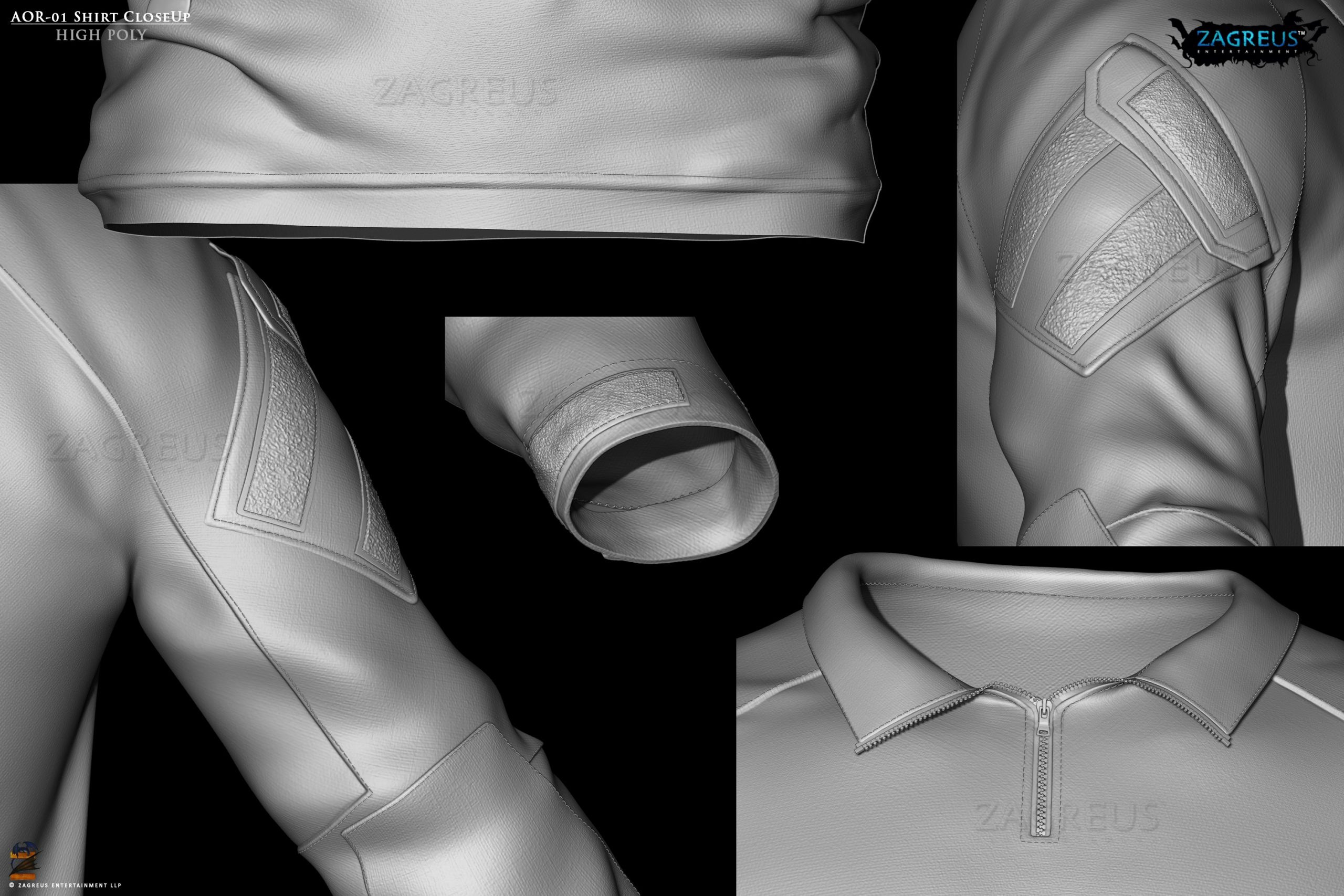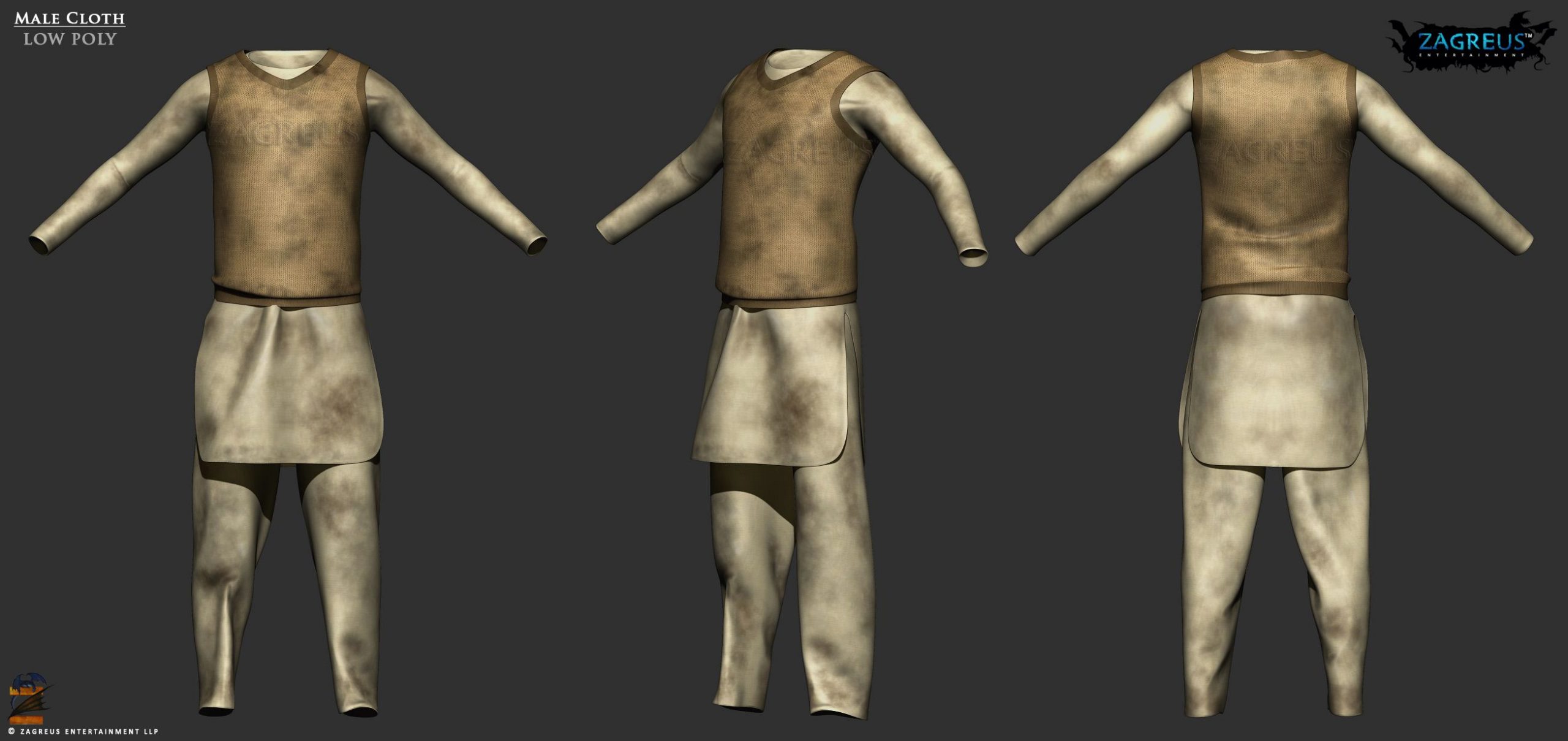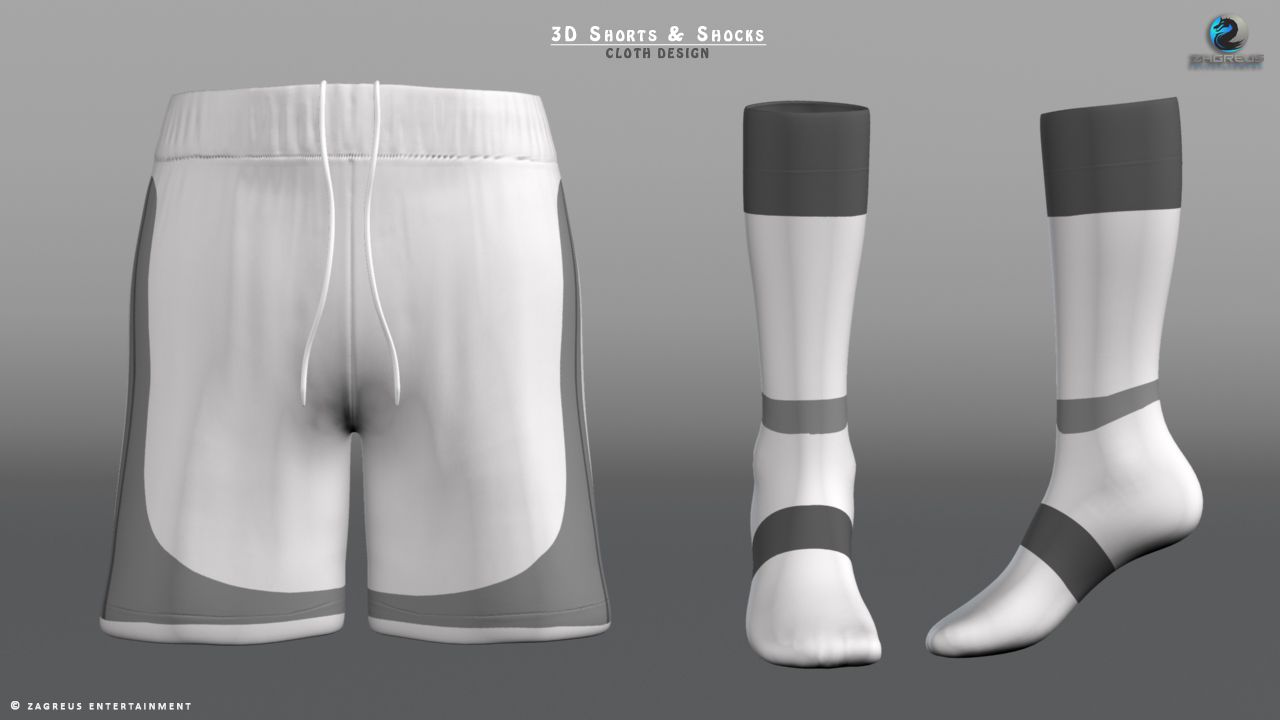CLOTH SIMULATION & HARD-SURFACE / PROPS
CLOTH SIMULATION & PROPS
FASHION / GAMES / PRODUCTIONS / SECOND LIFE
These days 3D Simulation is well used in the Fashion, Gaming, Second Life & Film-Production Industry. Additive manufacturing appears to be a good solution to create the complex designs of clothes that we can see on-screen and in-game with realistic folds, wrinkles and fabric feel.
We are expert and always challenge ourselves via adopting new methods, new materials, and also to produce clothes with intricate geometries without wondering how it will be possible to create that.
PBR PIPELINE | SUBSTANCE MATERIALS | LOD VARIATIONS
Even for Second Life, creating clothes was mostly applying texture layers to the avatar or simple object primitives. However for Gaming Engines like Unity, clothes would be a combination of the 3D model that you’ve cut or unwrapped UVs for and the textures and materials that you apply to the model. Physics can be involved but isn’t a requirement.
Anyone who has watched a 3D animated film, or played video games for long enough has likely noticed something about the relationship between characters and clothing: we never see them put their clothes on. The reason for this is because animating a 3D character putting on a piece of fabric often leads to disastrous results with rather the character or the cloth failing to look “realistic.”
